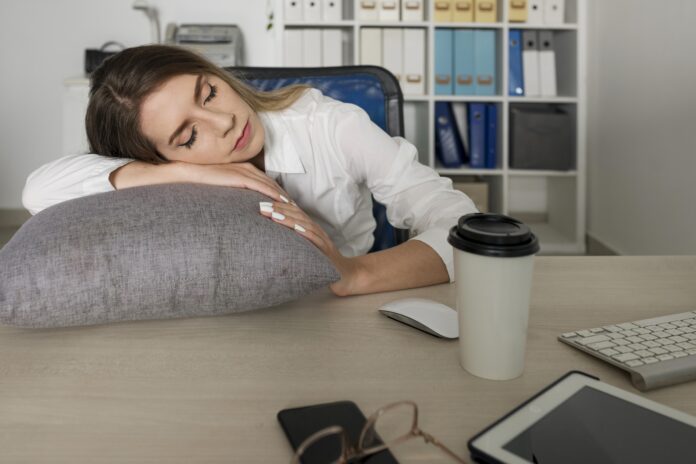Understanding Power Naps
“ I am going to shut my eyes for a few seconds.” Do you sneak in ever, when no one is looking? To be honest, we all say these words during a busy and tough working day. Power naps are the source to boost your dropped performance after lunch at midday. A Power nap is an energy booster to beat your midday tiredness.
In an ideal world, you find proper time to incorporate healthy habits to maintain your physical and mental health but it is a reality that this busy life demands more and more time to complete the daily chores and many of you didn’t find time to take regular exercise, practice yoga for relieving depression or eat at regular timings. Similarly, variations in daily routines or working schedules have made it difficult to go to bed at the proper time and wake up after a healthy sleep of 8 to 9 hours. In this scenario, the shut-eye for a while at midday is a tool to defeat the afternoon tiredness.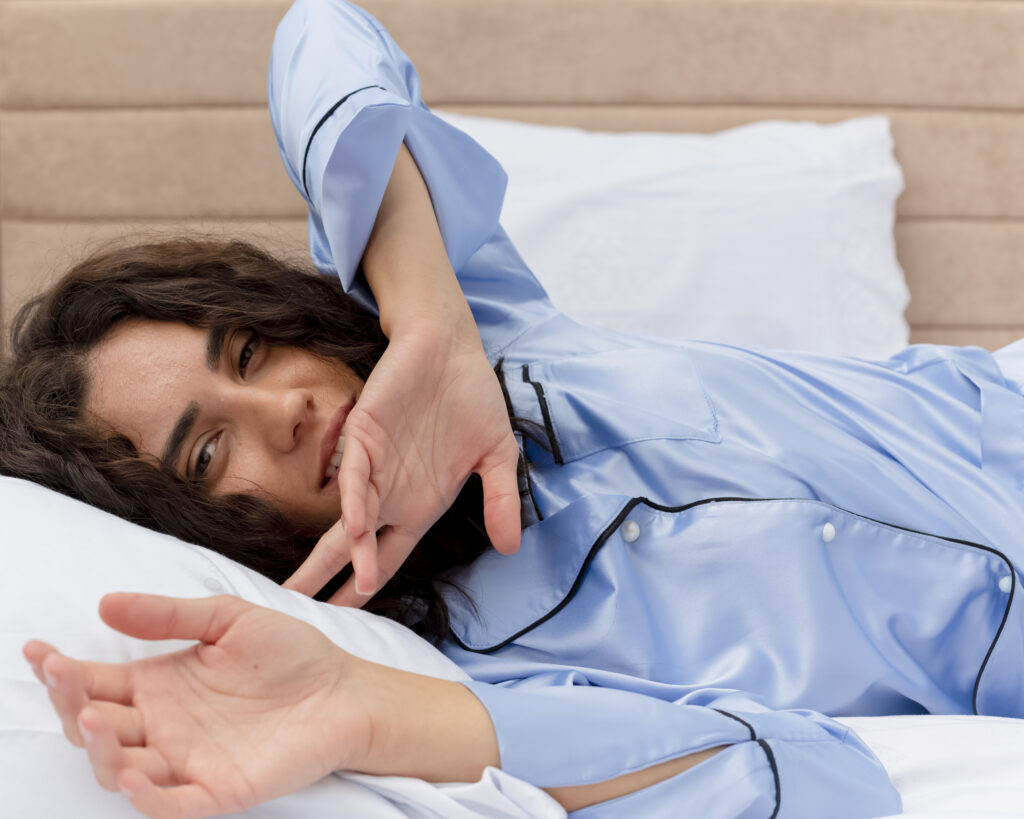 But be warned, the facility of a power nap is not good for all. Some people enjoy this blessing and get alert or active after taking a power nap but some get disturbed after taking a nap. The short time eye-shut causes tiredness and drops their cognitive functions while others do not tend to power naps.
But be warned, the facility of a power nap is not good for all. Some people enjoy this blessing and get alert or active after taking a power nap but some get disturbed after taking a nap. The short time eye-shut causes tiredness and drops their cognitive functions while others do not tend to power naps.
What Are Power Naps?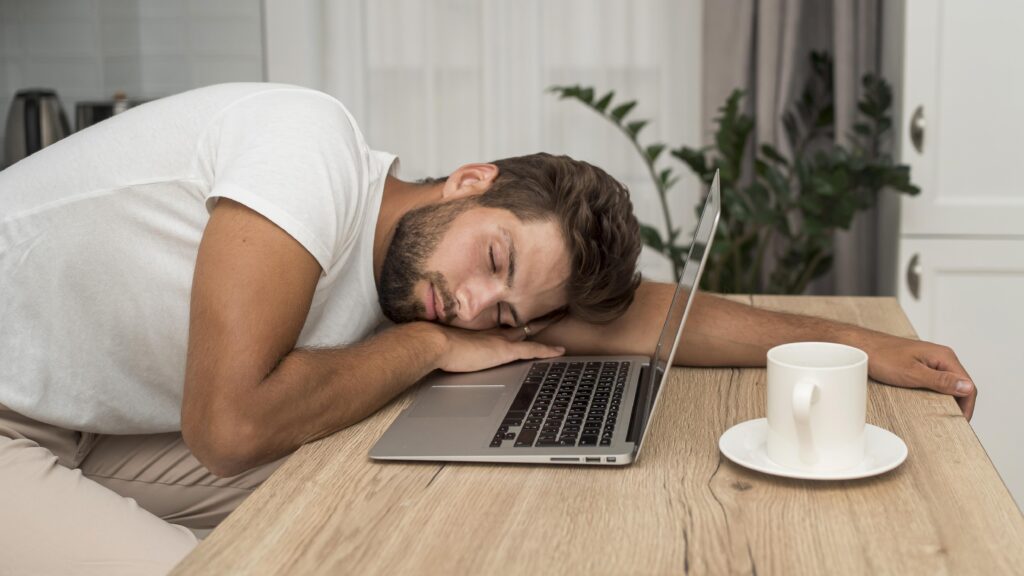 Power nap is a short time eye-shut before going into a deep sleep. This nap helps tired people to get re-energized and makes sleep better for people who have a sleep deficit. So in the absence of a good sleep, a little Zzzzs power you through the day.
Power nap is a short time eye-shut before going into a deep sleep. This nap helps tired people to get re-energized and makes sleep better for people who have a sleep deficit. So in the absence of a good sleep, a little Zzzzs power you through the day.
Definition and Characteristics: It is a short time of sleep, outside the regular sleep. A Cat Nap or power nap is a short but sweet snooze strategy similar to a siesta. According to Funke Afolabi-Brown, a sleep medicine physician, “a nap is the shortest sleep duration, about ten to fifteen minutes during the day to provide a quick burst of energy and rejuvenation, without entering a deeper sleep stage”.
Different Types of Power Naps: A psychologist Jams Mess said that a power nap is an intentional effort to cram some solid rest into a set amount of time without going overboard. A great nap must be not more than 15 to 20 minutes but it’s better to take a few minutes to get back to work after taking a nap. So according to sleep psychology, power naps are of different types. Let’s take a look to identify what type of power nap is for you.
- Cat Nap: This nap helps you to avoid sleep inertia and just 20 to 30 minutes are enough for a cat nap. It prevents insomnia at night and saves you from grogginess when you wake up.
- The Nap-A-Latte: Set your alarm to 15 minutes and take a cup of coffee before taking a nap. After waking up you will feel more energetic than usual but don’t make it a habit because caffeinated coffee can disturb your sleep cycle.
- The Mid-Day Nap: It is a common type of nap and most of the people are habitual to it. Take a 20 minute nap at mid-day to boost your energy.
- Shift-Worker Nap: People who work shifts like early morning or late at night, often face a problem of disturbed circadian rhythm and strategic naps are helpful for them to make up their sleep pattern.
- Sports-Performance Nap: Before going for a competition a short snooze of 20 minutes helps you deliver better physically and mentally to win.
Benefits of Power Naps
Shut-eye or power nap has a multitude of benefits such as improved mental health, excellent memory, reduced depression and enhanced focus. So when you feel drowsiness near mid-day, consider it an energy booster and set an alarm for 20 to 30 minutes. This nap will energize you.
Physical and Mental Benefits
When you remain busy with some hectic or hardworking activities throughout the day, your body needs some rest after working for 5 to 6 hours because of tiredness. A chemical “Adenosine” in your brain causes this sleep drive to compel you for some rest so that you may get up with a new energy but when you take a caffeinated cup of tea, this caffeine blocks the Adenosine production which allows the brain to stay alert so don’t do this because power napping gives power to your body and is beneficial for your physical maintenance. Improved Alertness and Performance: Studies support the increasingly recognized ability of power napping to boost alertness and enhance performance. Another benefit of power napping is the positive impact on your mood and emotional well-being. A short nap is the best tool to reduce stress by promoting relaxation. This helps you to feel more refreshed to tackle the challenges with a positive outlook.
Improved Alertness and Performance: Studies support the increasingly recognized ability of power napping to boost alertness and enhance performance. Another benefit of power napping is the positive impact on your mood and emotional well-being. A short nap is the best tool to reduce stress by promoting relaxation. This helps you to feel more refreshed to tackle the challenges with a positive outlook.
Enhanced Memory Consolidation: Research suggests that power napping is a short period of rest and this brief period of respite can yield significant benefits such as enhanced memory, creativity and improved problem-solving skills. By taking a short nap during the day, you can combat the natural afternoon dip in alertness and rejuvenate your mind and body, leading to improved productivity for the remainder of the day.
How to Take a Power Nap
Power napping is a way to get rid of all worries, tiredness and stress to feel more refreshed. Some suggestions to make your nap more useful are jotted below.
Ideal Nap Duration
An Ideal power nap should be approximately 20 to 30 minutes but if this duration is less than 20 minutes, you may not reap the useful effects of a nap because this minimum duration is not enough to reduce your homeostatic sleep drive. Sleep drives naturally build up through the working hours and compel you to sleep and induce a desire to have more shut-eye at night. So the timing, duration and some other factors must be according to the given conditions for a best power nap.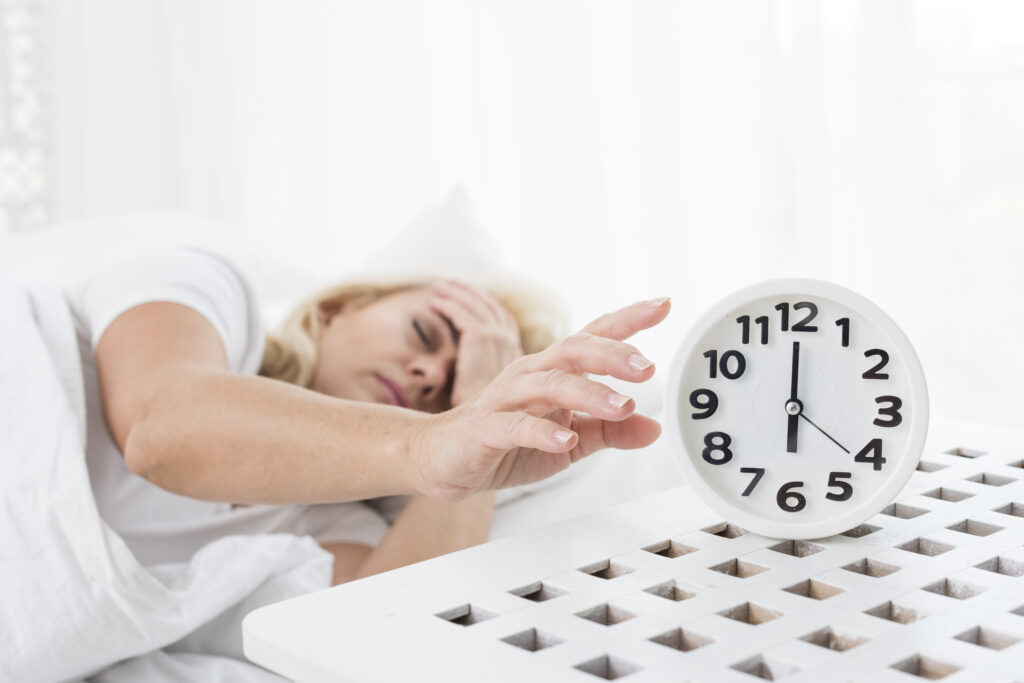 Short Naps (10-20 minutes): Your nap should be about 20 to 25 minutes because this short nap gives you enough time to increase alertness in a light sleep mode but doesn’t make you tired when you wake up.
Short Naps (10-20 minutes): Your nap should be about 20 to 25 minutes because this short nap gives you enough time to increase alertness in a light sleep mode but doesn’t make you tired when you wake up.
Long Naps (60-90 minutes): This may be a deep sleep stage. A Power nap exceeding 30 minutes may be about 60 to 90 minutes and have an extraordinary effect on your energizing capacity but if you wake up in a deep sleep stage, can cause sleep inertia which may make you feel lazy or disoriented.
Setting the Right Environment
Ready to take a short nap? First, try to make your environment suitable for a good nap.The right environment is crucial for enhancing the positive impacts of a nap. Space, location, temperature, noise, light intensity and the surroundings have a great influence on your nap. So always keep in mind these factors while planning for a good nap. Some best practices for a successful napping are here.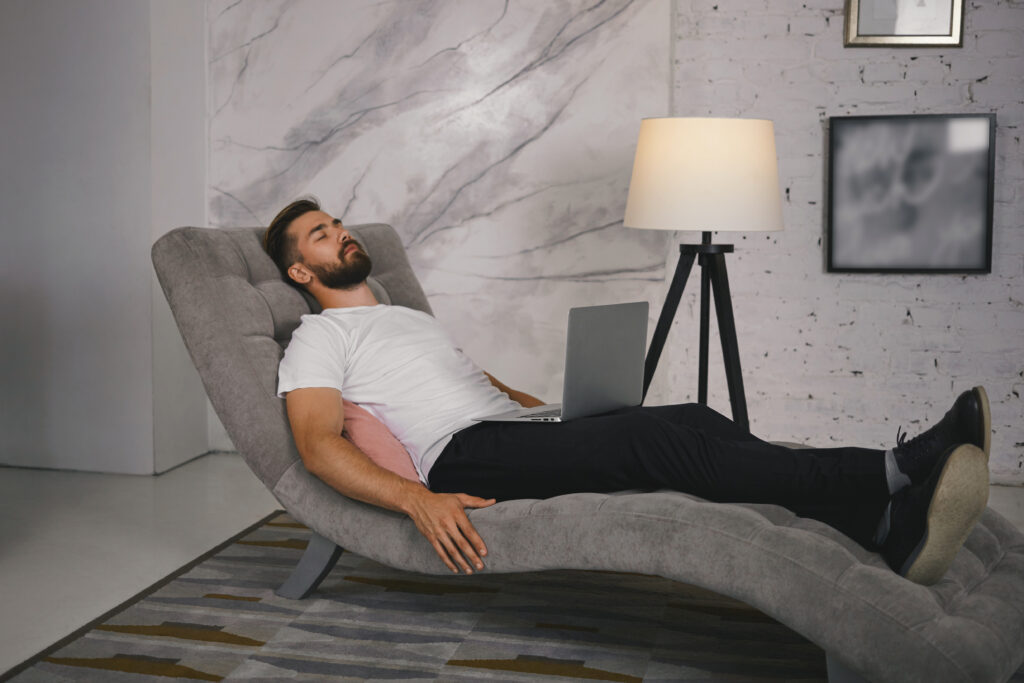 Comfortable Space: Creating a comfortable space for a nap is an essential factor in making your nap more beneficial. So find a quiet and peaceful space where no one can disturb you. Now set an alarm to ensure you don’t oversleep and keep the time between 20 to 30 minutes. A quiet and comfortable space with comfy bedding is a crucial factor influencing the quality of your power nap. So choose a cool, dark and quiet room to have a quick nap.
Comfortable Space: Creating a comfortable space for a nap is an essential factor in making your nap more beneficial. So find a quiet and peaceful space where no one can disturb you. Now set an alarm to ensure you don’t oversleep and keep the time between 20 to 30 minutes. A quiet and comfortable space with comfy bedding is a crucial factor influencing the quality of your power nap. So choose a cool, dark and quiet room to have a quick nap.
Noise and Light Control: Dim the lights or use a sleep mask for your eyes, this will help you to signal your body that it’s time to sleep. You may use earplugs or white noise machines to stop distracting sounds to have peaceful napping. Crafting a conducive environment for napping also promotes your sleepiness and you get more from your nap. By following these suggestions you may optimize the effectiveness of your power nap and emerge feelings of revitalization through napping.
Tips for Maximizing Power Naps
It seems weird to know, there was a time when daytime napping labeled you as a slob and lazy but it is a pleasure to know that fortunately, the case is quite the opposite now. Einstein and Churchill encouraged the afternoon brain shut down. This indicates the power nap is a great way to stimulate both attention and performance. Here are some tips for you to have a stimulating power nap.
Nap Timing
Congratulations! If you’re into power nap, you are going to be energized but keep in mind that timing is everything. So the timing of your power nap must be corrected.
Best Times to Nap: The timing of a nap is crucial. Siesta is a well-established culture in this regard. So it would be assumed that the sweet spot for napping is “siesta”. In many Mediterranean countries the time after lunch, before 3:00 pm is the best time for a nap. Due to the post-lunch energy crash, often people lose their focus. If you’re one of them then you must try this but don’t do it after 3:00 pm, it will cause grogginess in you and disturb your night’s sleep.
Avoiding Disruption to Nighttime Sleep: After deciding the timing and duration of nap, the next step is to eliminate all distractions that may disturb your napping. It may be a laptop, mobile phone, or a landline. Divert or hold your incoming calls and close your laptop, set a “Do Not Disturb” mode and enjoy an optimizing napping experience.
Pre-Nap Rituals
Assistant professor of sleep medicine at UCLA says, “Variability is the enemy of sleep”. If you want to have a good nap, you should pay attention to pre-nap habits. Set of best practices before napping promotes good sleep.
Relaxation Techniques: Following a routine helps to get relaxed before a nap. So keep your timings and duration for napping fixed. Irregular changes in timing or space may disturb your napping. Make your napping routine consistent.
Avoiding Stimulants: Ditch all stimulants like TV, PC, and mobile phone. Make the environment cool, dark and sleepy. Avoid the use of electronic devices.
Overcoming Common Power Nap Challenges
A Power nap is a source to restore your mental and physical sharpness so you can spend your remaining day with high performance but it should be a productive nap, to ensure its productivity you must overcome the power nap challenges by following a “NASA” nap. NASA scientists conducted research about their pilot’s performance with and without having a power nap. They conclude power nap boosts their pilot’s performance by 34%. To avoid the nap challenges some suggestions are here.
Waking Up Groggy
Sleep inertia, grogginess and disorientation are some common power nap challenges faced after waking up. These issues or hurdles may be mitigated by using some strategic approaches: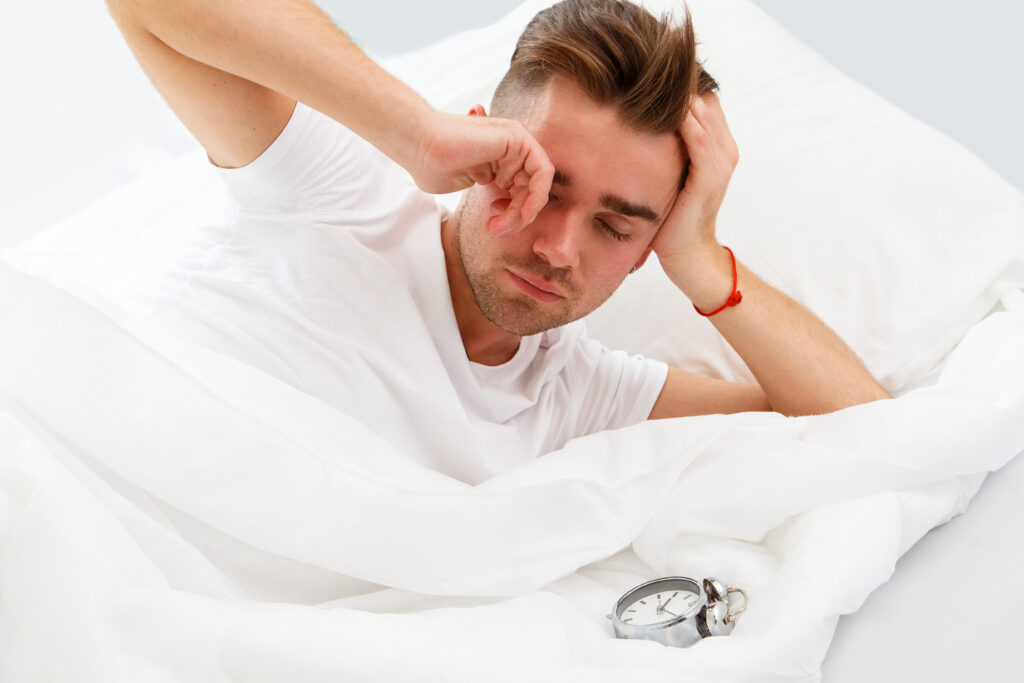 Strategies for Reducing Sleep Inertia: To reduce sleep inertia keep your nap short as 20 to 25 minutes is an ideal duration. Align your napping schedule with your circadian rhythm. After waking up, prioritize exposure to natural light. Set multiple alarms for gradual waking techniques. Incorporating the habits of drinking water and physical activity can save you from grogginess and sleep inertia.
Strategies for Reducing Sleep Inertia: To reduce sleep inertia keep your nap short as 20 to 25 minutes is an ideal duration. Align your napping schedule with your circadian rhythm. After waking up, prioritize exposure to natural light. Set multiple alarms for gradual waking techniques. Incorporating the habits of drinking water and physical activity can save you from grogginess and sleep inertia.
Difficulty Falling Asleep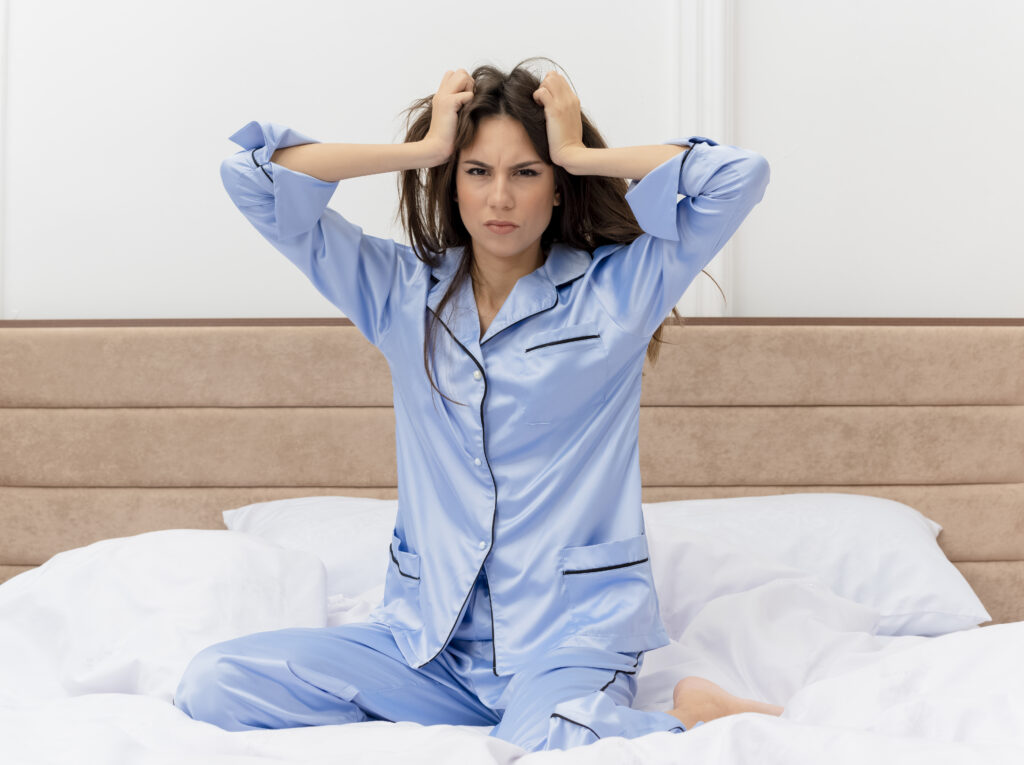 To fall asleep quickly add some strategic techniques to your napping routine. The following suggestions may help you in this regard.
To fall asleep quickly add some strategic techniques to your napping routine. The following suggestions may help you in this regard.
Techniques for Falling Asleep Quickly: You should maximize the effectiveness of your nap by doing some relaxation exercises such as deep breathing or visualization techniques. Creating a comfortable environment to calm your body and mind and routine consistency can help you fall asleep quickly. To stop racing thoughts before napping, you may practice mindful meditation techniques.
Nap Interruptions The brief rest period is beneficial as a restorative tool but some napping interruptions including noise, internal discomfort or restlessness may limit the benefits of napping. Some distractions and coping strategies are given for your convenience.
The brief rest period is beneficial as a restorative tool but some napping interruptions including noise, internal discomfort or restlessness may limit the benefits of napping. Some distractions and coping strategies are given for your convenience.
Coping Strategies for Unexpected Interruptions: Utilize blinds or curtains to make your room dark to promote a deeper sleep. To establish a clear boundary for reducing disturbance, communicate with the people in the surrounding to cooperate with you. In case of interruption, employ some relaxing techniques like deep breathing to return to sleep mode. Sound-canceling headphones are helpful to block unwanted noise coming from outside.
Conclusion
During the hectic and tiring routine of the day, you just need a brain shutdown for a short time. Whenever you want to set a routine for shut-eye to rejuvenate yourself, you must try the hacks discussed in this article. A Power nap is a strong source to refresh your mind and body for the remaining chores of the day but if your tiredness is persistent and is not being treated by a power nap. Talk to your doctor and try to find out the underlying problems for the persistent tiredness.

